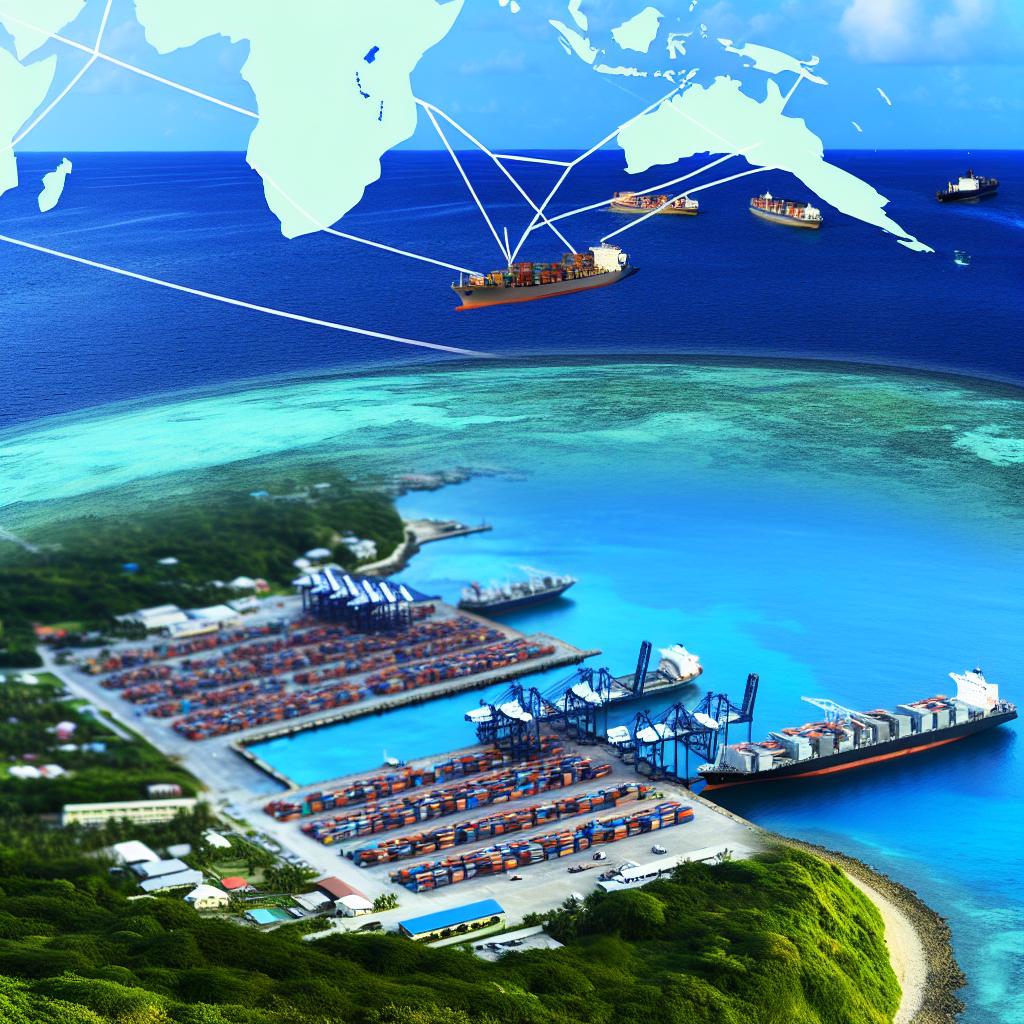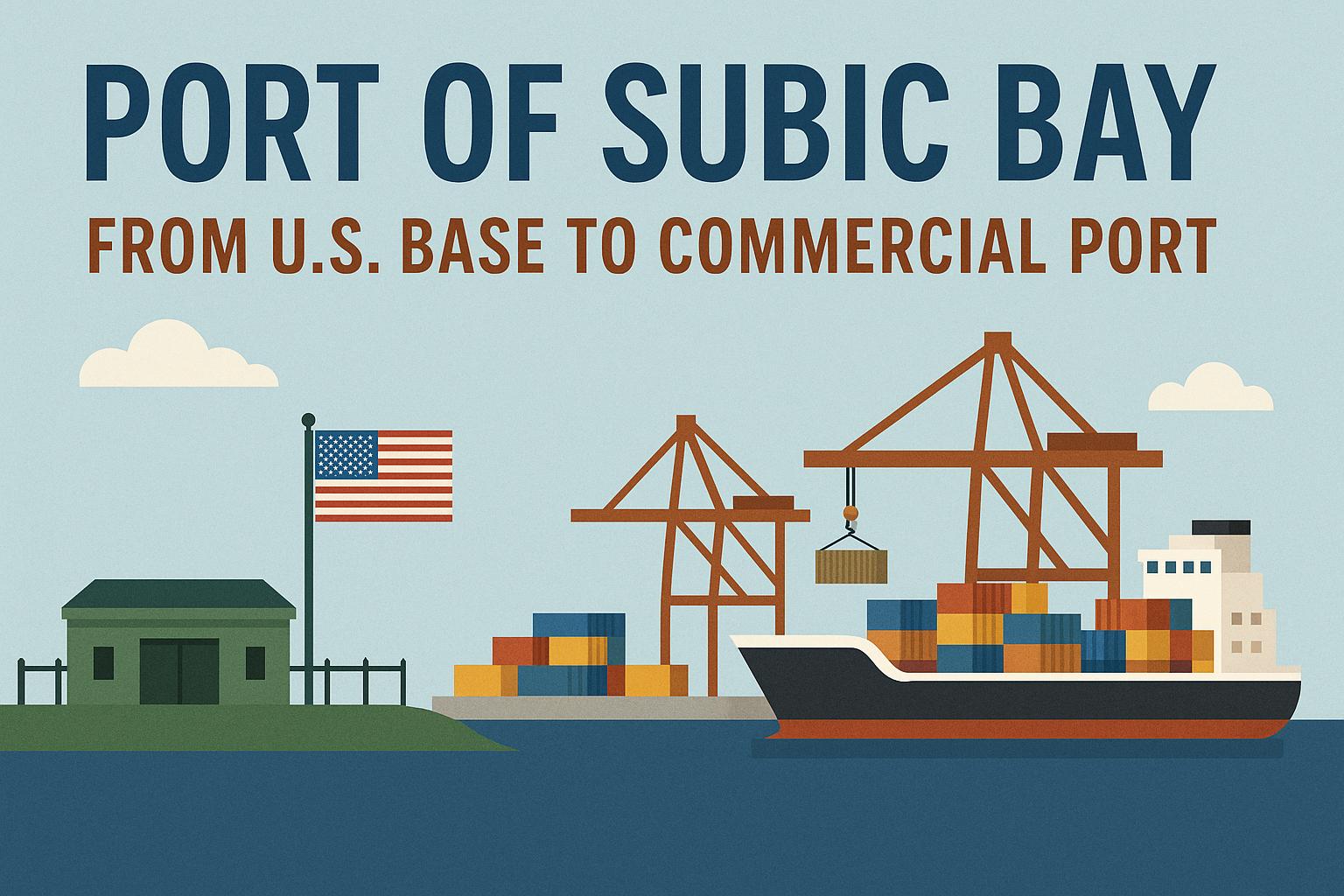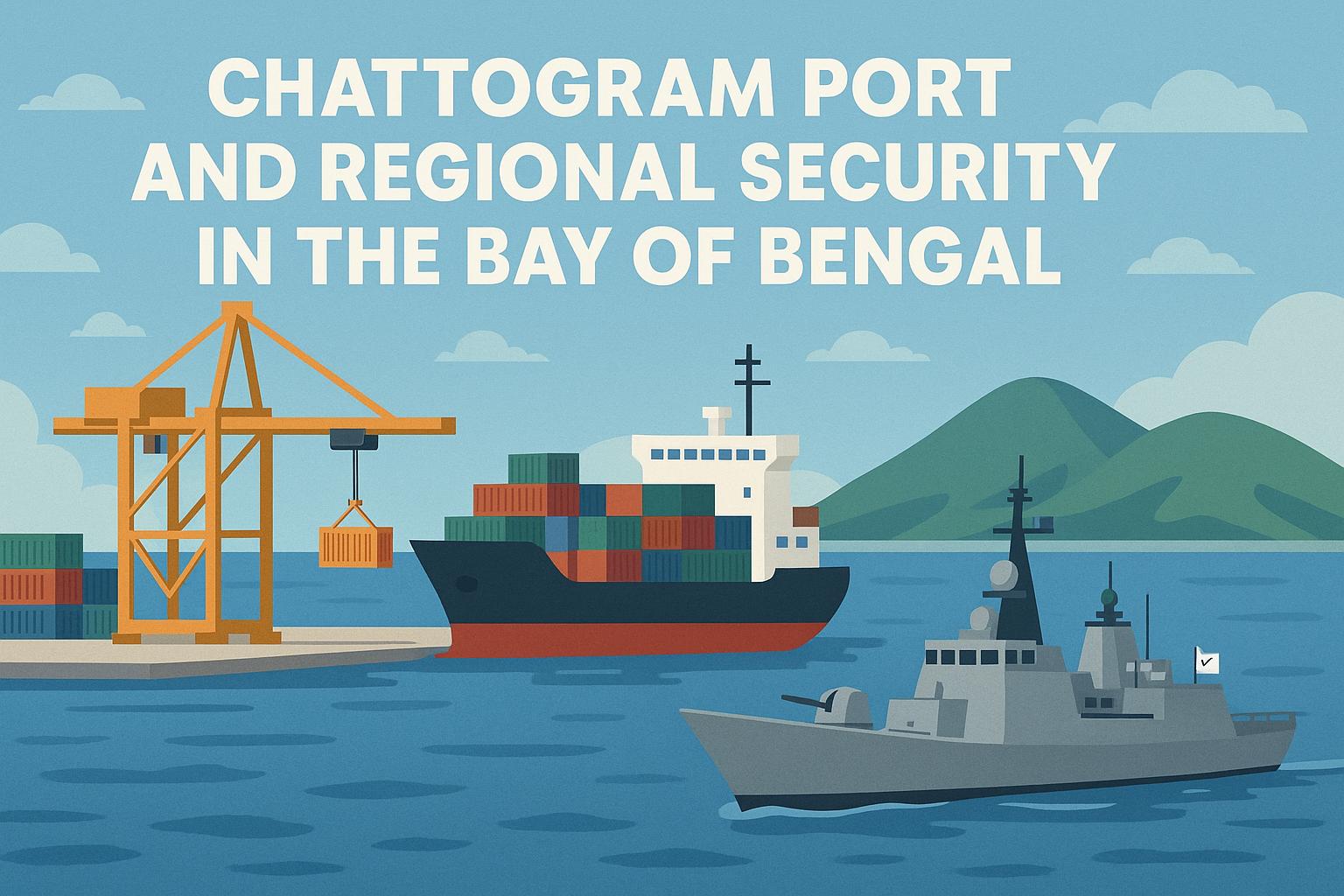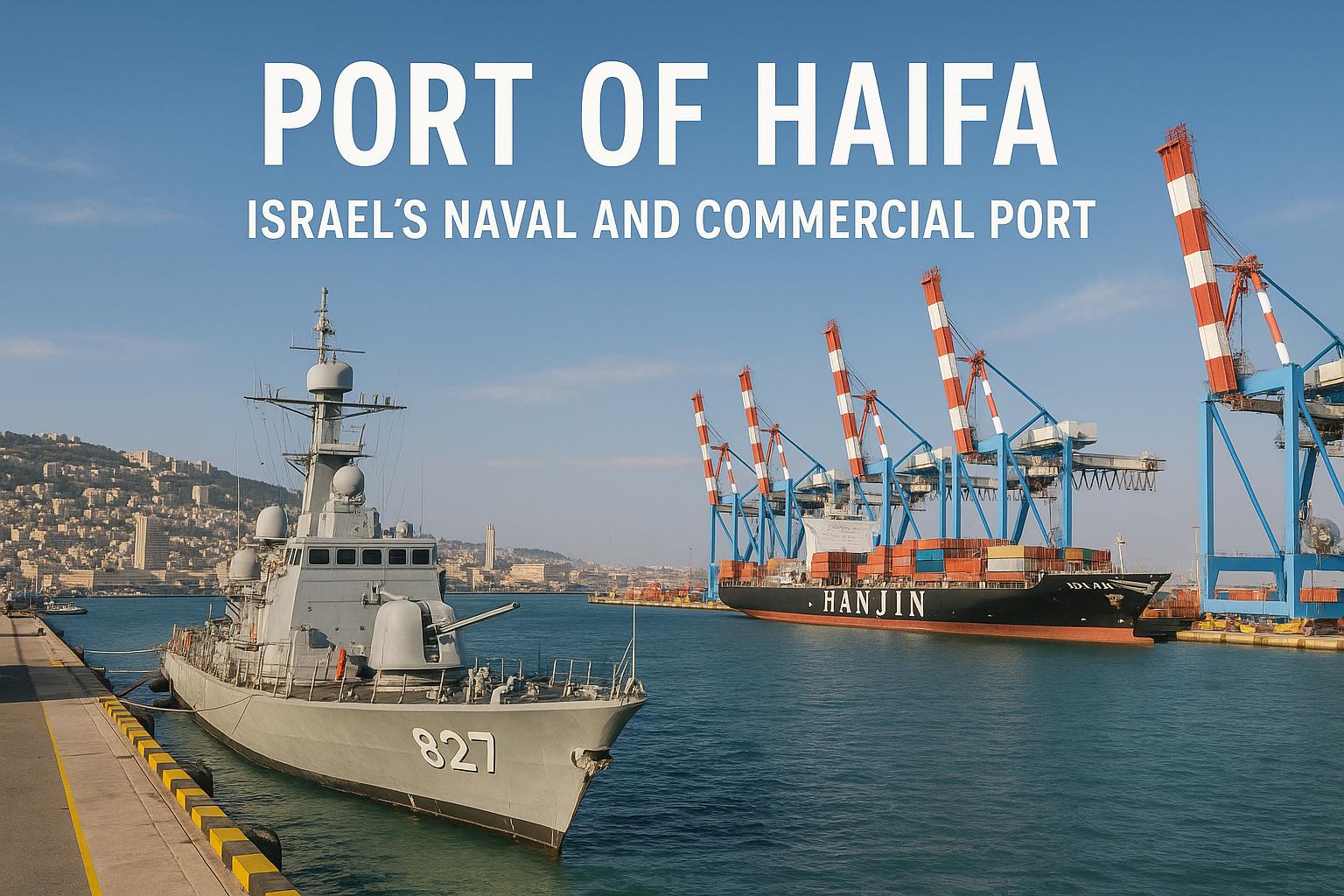The Port of Guam: An In-Depth Analysis
The Port of Guam, located at the westernmost point of the United States, is renowned for its profound strategic significance owing to its unique geographic positioning and military relevance. Nestled in the Western Pacific Ocean, Guam stands as a vital outpost that serves both commercial and military functions. This comprehensive analysis aims to delve into the strategic significance of the Port of Guam through an exploration of its history, military importance, commercial relevance, and future prospects that continue to shape its role in the Asia-Pacific region.
Historical Context of Guam
Understanding the strategic importance of the Port of Guam necessitates a look into its historical context. Guam’s journey as an influential location dates back centuries, with its earliest inhabitants using it as a waypoint in the expansive Pacific Ocean. Its annexation by the United States following the Spanish-American War in 1898 marked the beginning of its modern strategic trajectory. Over the years, Guam has evolved from a colonial acquisition into a pivotal component of U.S. geopolitical strategy in the Asia-Pacific theater.
During World War II, Guam’s strategic location became evident when it was occupied by Japanese forces in 1941. The island was later liberated by American forces in 1944. This historical backdrop underscores Guam’s longstanding military significance, setting the stage for its contemporary role as a crucial military and commercial hub.
Geographical Advantage: A Strategic Outpost
Guam’s geographical location grants it an unparalleled advantage in the Pacific region. Positioned approximately 3,800 miles west of Hawaii and 1,600 miles east of Asia, its location serves as a linchpin for operations in both the Asia-Pacific theater and beyond. The island acts as a critical logistical hub for the United States and its allies, enabling efficient movement of goods and personnel across the region.
The strategic location of Guam facilitates its role in projecting power and influence within a geopolitically dynamic region. Its proximity to major Asian economies enhances its relevance in trade and defense strategies. This geographical advantage is accentuated by Guam’s deep-water port, which provides accessibility to larger vessels and facilitates seamless logistics.
Military Significance: Enhancing U.S. Strategic Posture
The Port of Guam holds substantial military importance for the United States. As a non-incorporated territory of the U.S., the island hosts a range of military installations, including Naval Base Guam and Andersen Air Force Base. These facilities serve as pivotal points for resupply, maintenance, and deployment of naval forces, contributing significantly to the U.S.’s strategic posture in the Asia-Pacific.
Moreover, Guam’s role in U.S. strategic defense is further amplified by its deployment of sophisticated defense systems such as the Terminal High Altitude Area Defense (THAAD) missile defense system. With these systems in place, Guam serves as a forward base that enhances U.S. power projection capabilities in the region, deterring potential regional conflicts and ensuring military readiness.
The island’s military importance continues to be reinforced by regular joint military exercises with U.S. allies, strengthening defense relationships and interoperability. Guam’s military presence underscores the U.S.’s commitment to maintaining stability and security in the Asia-Pacific, serving as a deterrent against potential threats.
Commercial Relevance: A Hub for Trade and Connectivity
While the military significance of the Port of Guam is noteworthy, its commercial importance is equally substantial. As a vital node for the movement of goods and supplies in the Pacific region, the port facilitates regional trade and supports the economic vitality of Guam itself. Key imports through the port include food, consumer goods, and raw materials crucial for sustaining the local economy.
Efforts to enhance and modernize the port infrastructure are underway, aiming to increase its capacity and facilitate more frequent and larger shipments. These developments are pivotal for supporting the burgeoning commercial activities in the region. A robust port infrastructure plays a crucial role in enhancing the economic resilience of Guam, fostering trade, and strengthening connectivity with other Pacific islands and beyond.
Additionally, the port’s modernization is expected to attract investment and stimulate economic activity, creating opportunities for local businesses and generating employment. As a gateway to the Asia-Pacific, the Port of Guam has the potential to become a central hub for regional commerce, linking diverse markets and contributing to broader global trade networks.
Challenges and Opportunities for the Port
While the Port of Guam is strategically positioned, it also faces several challenges that could impact its role and effectiveness. Issues such as infrastructure limitations, environmental concerns, and geopolitical tensions require careful management to ensure the port’s continued success.
Investment in infrastructure development and technological innovation is paramount for addressing these challenges. Upgrading facilities, modernizing equipment, and implementing sustainable practices can bolster the port’s capacity and efficiency, ensuring its readiness to handle growing demands.
Geopolitical dynamics in the region also present both challenges and opportunities. As the Asia-Pacific region experiences shifting alliances and emerging economic powers, the Port of Guam’s role in strategic calculations remains crucial. Enhanced diplomacy and collaboration with regional partners can help mitigate geopolitical risks and enhance the port’s significance within the broader global landscape.
Conclusion: The Multifaceted Role of the Port of Guam
In conclusion, the Port of Guam stands as a critical strategic asset for the United States, embodying a balance of military and commercial interests in the Asia-Pacific region. Its geographical location confers advantages that are indispensable from both defense and trade perspectives. Understanding the multifaceted role of the Port of Guam is essential to appreciate its significance on both regional and global scales.
As geopolitical dynamics in the Asia-Pacific continue to evolve, the Port of Guam remains central to the strategic calculations of the United States and its allies. By investing in infrastructure, fostering regional cooperation, and managing challenges effectively, the Port of Guam can continue to serve as a vital hub for military readiness and economic connectivity in an ever-changing world.




